Dialogue artist Trevor Southey passes away
October 21, 2015Trevor Southey passed away yesterday.Joseph-Smith-three-views-e1374478814675Southey was an artist, sculptor, Mormon, gay man, husband, ex-husband, father and a host of other adjectives.
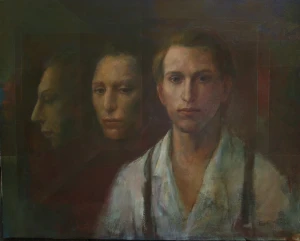
Trevor Southey passed away yesterday.Joseph-Smith-three-views-e1374478814675Southey was an artist, sculptor, Mormon, gay man, husband, ex-husband, father and a host of other adjectives.
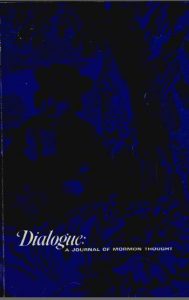
Brian Birch and Spencer Fluhman look at the “Past, Present, and Possible Futures of Mormon Studies” at this Mormon Matters podcast.

Kevin Barney gives his personal experience with “Coming to Terms with Folk Magic in Mormon History” in this post at By Common Consent

Over at Pathoes, find the Mormonism: Future of Faith in America online symposium featuring many friends of Dialogue.
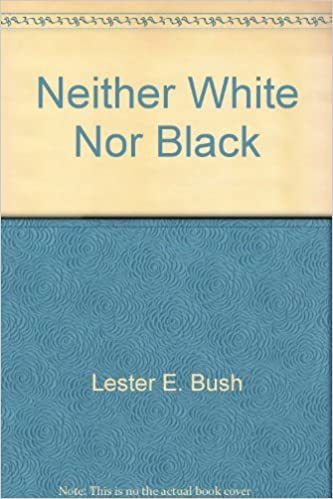
” First, on October 8, Lester Bush will be giving the Sterling McMurrin Lecture on “Looking Back, Looking Forward: Mormonism’s Negro Doctrine 42 Years Later.

Check out this preview of “Voices for Equality: Ordain Women and Resurgent Mormon Feminism” including this chapter by Dialogue editor Kristine Haglund and Dialogue contributor Courtney L. Rabada “The Great Lever: Women and Changing Mission Culture in Contemporary Mormonism.”
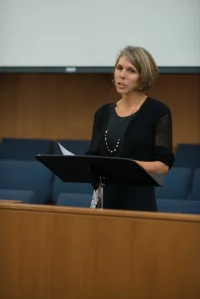
On May 16, we held a symposium in New York City. Called “Of One Body: The State of Mormon Singledom,” it was designed not as a typical Mormon singles conference (planned to encourage flirting and courtship), but as a serious discussion about the growing numbers of single Mormons and the falling rates of marriage within Mormonism.
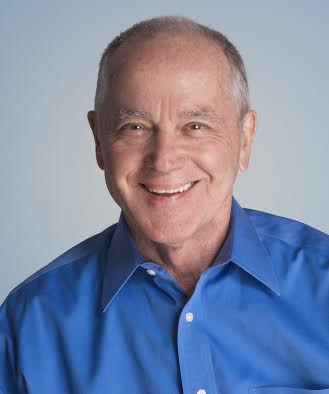
The 2015 Eugene England Memorial Lecture was held Thursday, March 26th aat the Utah Valley Unversity. This year’s speaker was former Dialogue Editor Robert A. Rees who spoke on “Reimagining Restoration: Why Liberalism is the Ultimate Flowering of Mormonism.”
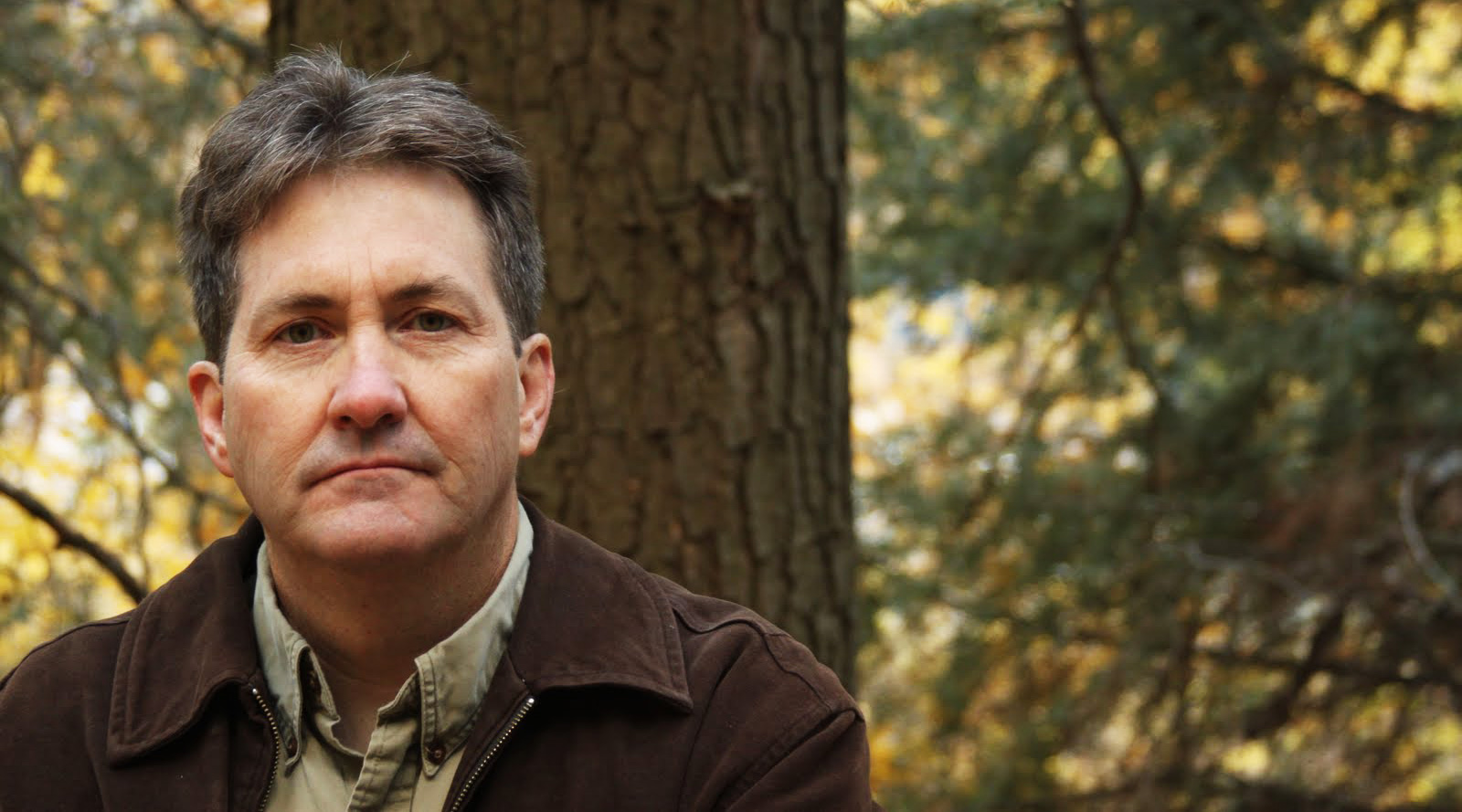
At this year’s Association for Mormon Letters Conference, Steven Peck’s Spring 2014 piece “Two-Dog Dose” won the AML’s Short Fiction Award.
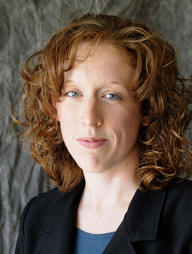
Taking a cue from Doctrine and Covenants 6:28, I thought I’d pull together and transcribe some of the recent discussions about whether or not members can support same-sex marriage and still remain in good standing.